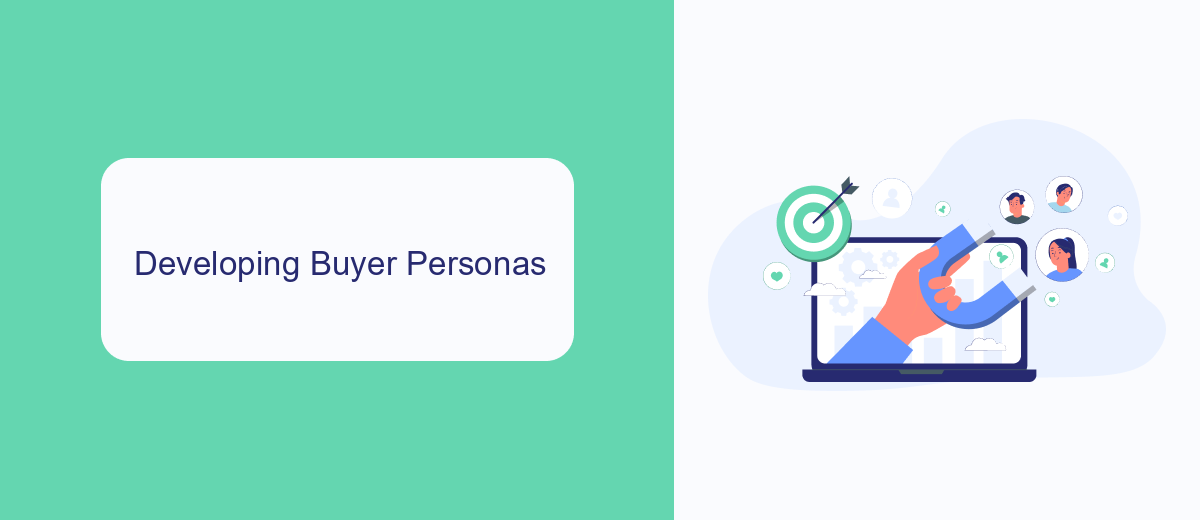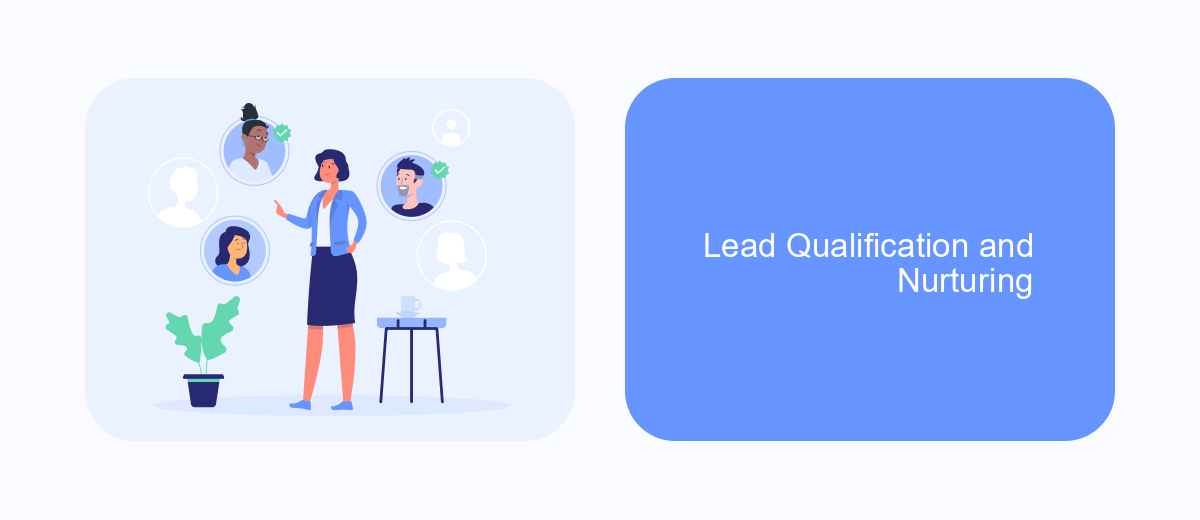Lead generation is a critical component of any successful marketing strategy, aimed at attracting and converting prospects into potential customers. In this article, we delve into the methodology behind effective lead generation, exploring various techniques and tools that can help businesses identify, engage, and nurture leads. Understanding these strategies is essential for driving growth and achieving long-term success in today's competitive market.
Key Lead Generation Methods
Lead generation is a critical component of any successful marketing strategy. There are several methods to attract and convert potential customers into leads. These methods can be tailored to fit different business models and target audiences, ensuring a steady flow of quality leads.
- Content Marketing: Creating valuable content that addresses the needs and pain points of your target audience.
- Email Marketing: Sending targeted email campaigns to nurture leads and guide them through the sales funnel.
- Social Media Marketing: Utilizing platforms like Facebook, LinkedIn, and Twitter to engage with potential leads.
- SEO and SEM: Optimizing your website for search engines and running paid search campaigns to attract organic and paid traffic.
- Webinars and Events: Hosting online or offline events to provide value and capture leads through registrations.
- Integrations: Using services like SaveMyLeads to automate lead capture and streamline your lead generation process.
By implementing these methods, businesses can effectively generate and nurture leads, ultimately driving sales and growth. Each method offers unique advantages and can be combined to create a comprehensive lead generation strategy.
Developing Buyer Personas

Developing buyer personas is a crucial step in any lead generation methodology. Start by gathering data from a variety of sources, such as customer surveys, interviews, and analytics. This information helps you create detailed profiles of your ideal customers, including their demographics, interests, pain points, and buying behaviors. The more specific you can be, the better you can tailor your marketing strategies to meet their needs and convert them into leads.
Once you have defined your buyer personas, integrate them into your lead generation processes. Utilize tools and services like SaveMyLeads to automate and streamline your data collection and integration efforts. SaveMyLeads can help you connect various platforms, ensuring that your data is synchronized and up-to-date. This allows for more personalized and effective communication with your potential customers, ultimately enhancing your lead generation results.
Content Creation and Distribution

Creating and distributing content is a crucial part of any lead generation strategy. Quality content attracts potential leads by addressing their needs and providing valuable insights. The key is to produce content that resonates with your target audience and distribute it through the right channels.
- Identify your target audience: Understand their pain points, interests, and preferences.
- Create valuable content: Develop blogs, videos, infographics, and eBooks that provide solutions and insights.
- Use multiple channels: Share your content on social media, email newsletters, and industry forums to maximize reach.
- Leverage automation tools: Platforms like SaveMyLeads can help streamline content distribution and integrate with other marketing tools.
- Analyze and optimize: Regularly review performance metrics to refine your content strategy and improve engagement.
By focusing on high-quality content and effective distribution, you can attract and nurture leads more efficiently. Integrating tools like SaveMyLeads can further enhance your ability to manage and automate the distribution process, ensuring your content reaches the right audience at the right time.
Lead Qualification and Nurturing

Lead qualification is a critical step in the lead generation process, ensuring that only high-quality leads progress through the sales funnel. This involves assessing potential leads based on specific criteria such as their interest level, budget, and decision-making authority. Effective lead qualification helps sales teams focus their efforts on prospects most likely to convert.
Once leads are qualified, nurturing them through personalized communication is essential for maintaining engagement and moving them closer to a purchase decision. This can include tailored email campaigns, informative content, and timely follow-ups. The goal is to build a relationship with the lead, addressing their needs and concerns at each stage of their buyer journey.
- Segment leads based on qualification criteria.
- Develop personalized content for each segment.
- Automate follow-ups to maintain consistent engagement.
- Utilize tools like SaveMyLeads to streamline lead nurturing processes.
By integrating services like SaveMyLeads, businesses can automate and enhance their lead qualification and nurturing efforts. This platform allows seamless integration with various CRMs and marketing tools, ensuring that leads are efficiently managed and nurtured through the sales funnel. Effective lead qualification and nurturing ultimately lead to higher conversion rates and increased revenue.
Measurement and Optimization
Effective measurement and optimization are crucial for refining your lead generation strategy. To begin with, it is essential to track key performance indicators (KPIs) such as conversion rates, cost per lead, and customer lifetime value. Utilizing analytics tools like Google Analytics and CRM systems can provide valuable insights into your lead generation efforts. Regularly reviewing these metrics will help you identify trends, strengths, and areas needing improvement.
Optimization involves continuously testing and tweaking various elements of your lead generation process. A/B testing different landing page designs, call-to-action buttons, and email marketing campaigns can significantly enhance your results. Additionally, integrating automation tools like SaveMyLeads can streamline your workflow by automatically capturing and delivering leads from various sources to your CRM. This not only saves time but also ensures that no potential lead is overlooked, thereby maximizing your lead generation efficiency.
FAQ
What is lead generation?
How can I automate my lead generation process?
What are the most effective channels for lead generation?
How do I qualify a lead?
What metrics should I track to measure the success of my lead generation efforts?
Would you like your employees to receive real-time data on new Facebook leads, and automatically send a welcome email or SMS to users who have responded to your social media ad? All this and more can be implemented using the SaveMyLeads system. Connect the necessary services to your Facebook advertising account and automate data transfer and routine work. Let your employees focus on what really matters, rather than wasting time manually transferring data or sending out template emails.
